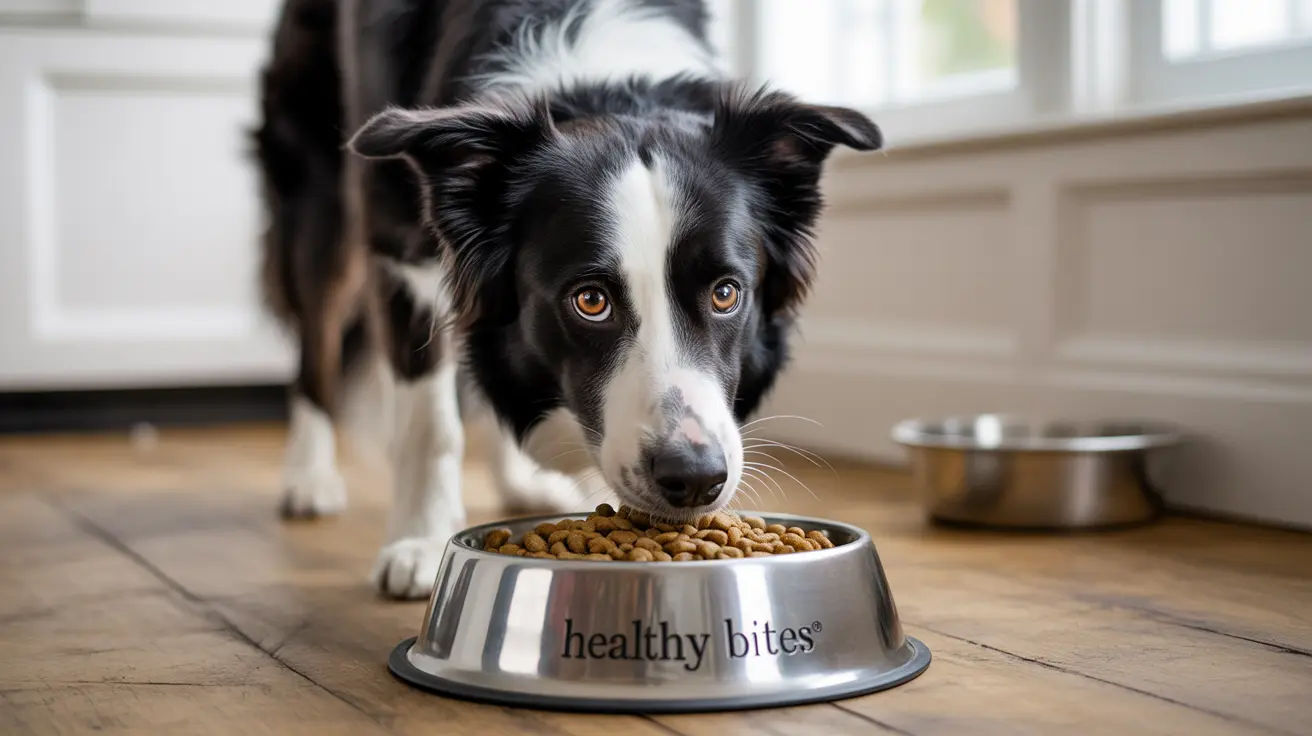The Science of Canine Taste Perception
Dogs experience food differently than humans do, primarily due to their unique sensory anatomy. With approximately 1,700 taste buds compared to our 9,000, dogs process taste less intensely than we do. However, what they lack in taste buds, they make up for with their extraordinary sense of smell, possessing about 300 million olfactory receptors.
Their specialized vomeronasal organ, located along the palate, allows them to "taste" food through smell, making aroma a crucial factor in their food preferences. This explains why dogs often seem more excited about strongly scented foods.
Factors Influencing Dog Food Preferences
Temperature and Texture
Dogs typically show a stronger preference for warm, moist foods over cold, dry options. This preference likely stems from their ancestral eating patterns, where fresh prey would be warm and moist. Many dogs find wet food more appealing than dry kibble for this reason.
Protein Content and Flavor Profiles
Research indicates that dogs naturally gravitate toward protein-rich foods, with studies showing particular preferences for beef and pork flavors over chicken and lamb. This preference aligns with their evolutionary background as carnivores, though domestication has broadened their palate considerably.
Early Life Experiences and Food Preferences
A dog's early exposure to different foods can significantly impact their lifelong preferences. Puppies often develop taste preferences based on what their mother ate during pregnancy and what they were fed during their first few months of life. This early conditioning can make some dogs more adventurous eaters while others remain loyal to familiar flavors.
Making Dog Food More Appealing
For dogs that seem less enthusiastic about their food, several strategies can enhance palatability:
- Warming the food slightly to release more aroma
- Mixing wet and dry food together
- Adding safe, vet-approved food toppers
- Establishing regular feeding schedules
- Avoiding frequent food changes unless necessary
Health Considerations and Food Acceptance
While most dogs do like dog food, sudden changes in food preferences or appetite can signal health issues. It's essential to monitor your dog's eating habits and consult a veterinarian if you notice significant changes in their food acceptance patterns.
Frequently Asked Questions
Do dogs actually like the taste of commercial dog food or do they just eat it out of hunger?
Most dogs genuinely enjoy commercial dog food, as it's specifically formulated to appeal to their taste preferences and nutritional needs. However, individual dogs may show varying levels of enthusiasm based on factors like ingredients, texture, and aroma.
What flavors and textures of dog food do most dogs prefer?
Studies show that dogs typically prefer beef and pork flavors, and tend to favor warm, moist textures over cold, dry ones. Many dogs also show a preference for foods with higher protein content.
How important is a dog's sense of smell in determining whether they like their food?
A dog's sense of smell is crucial in determining food preference, as they have 300 million olfactory receptors compared to humans' 6 million. The aroma of food often matters more than taste in determining whether a dog will enjoy their meal.
Why do some dogs refuse to eat certain dog foods even if they are nutritious?
Dogs may refuse certain foods due to texture preferences, temperature, previous negative experiences, or health issues. Some dogs also develop strong preferences based on early life experiences with specific foods.
How can I make dog food more appealing to a picky eater?
To make dog food more appealing, try warming it slightly, mixing wet and dry food, adding safe food toppers, or establishing consistent feeding routines. Always consult with your veterinarian before making significant changes to your dog's diet.
Conclusion
While dogs generally do like dog food, their preferences are as individual as they are. Understanding the factors that influence these preferences can help pet owners make informed decisions about their dog's diet while ensuring both nutritional needs and palatability preferences are met.






